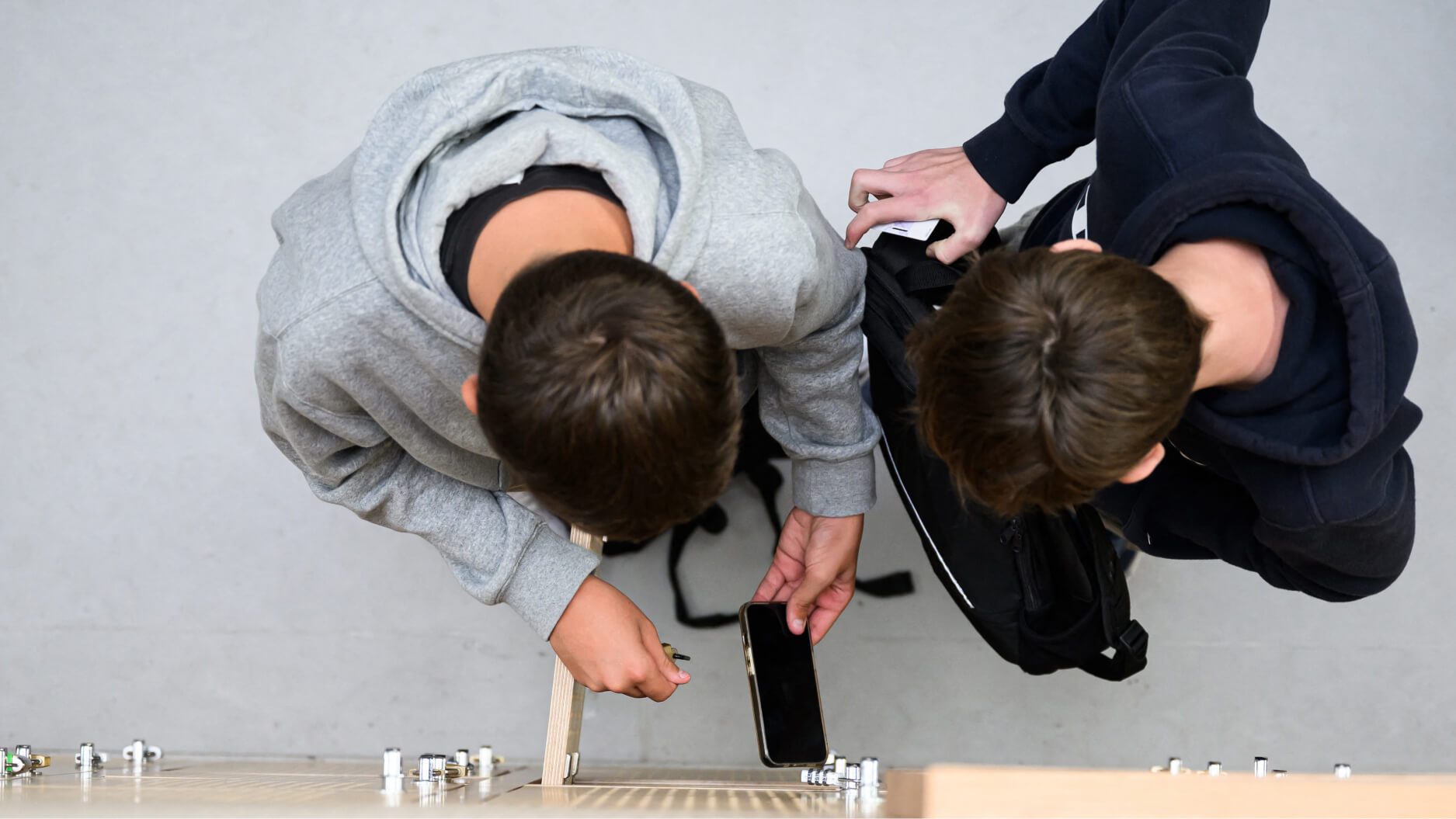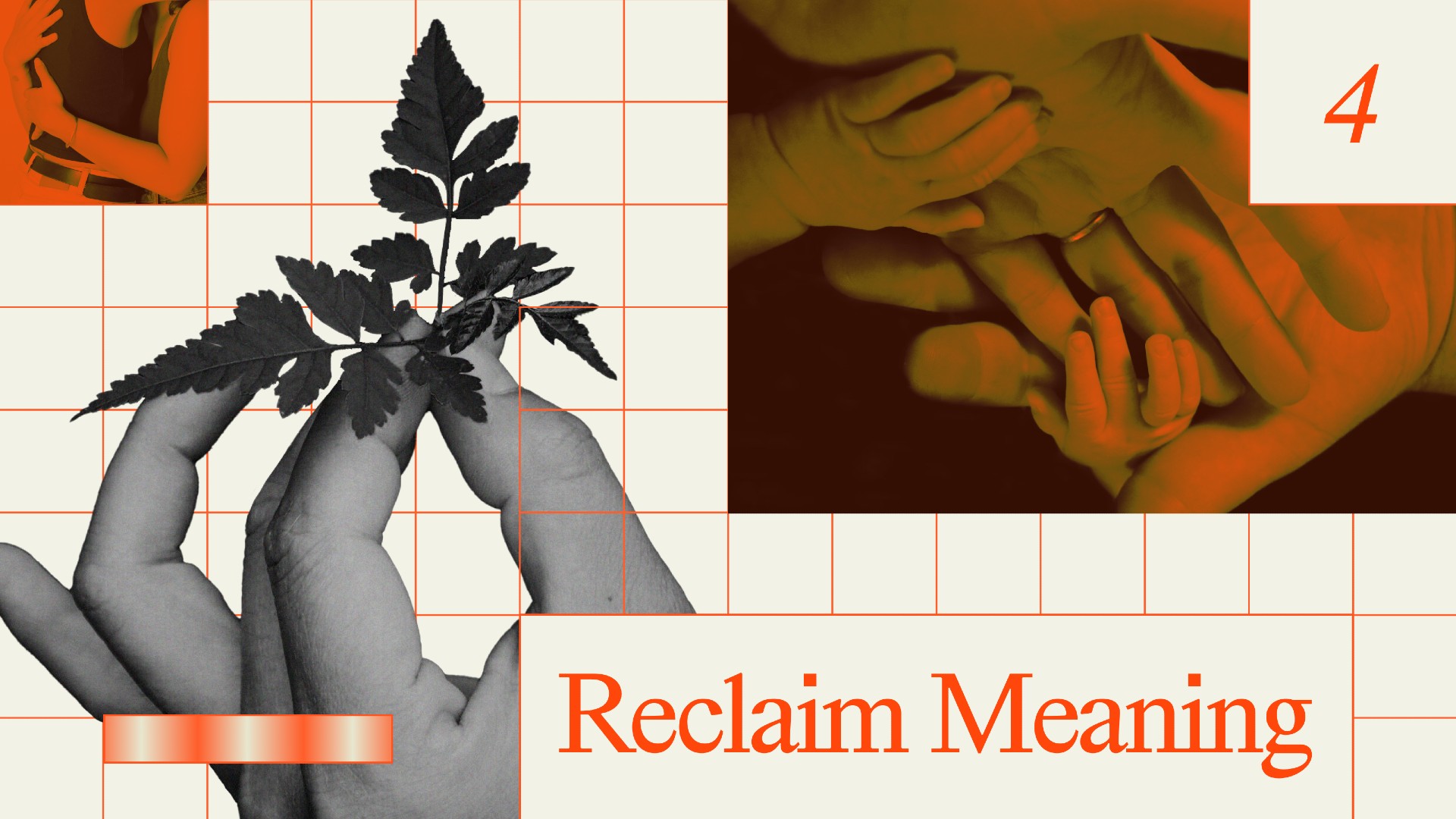Do we mistreat the elderly?
Question: Do we mistreat the elderly?
Ira Byock: Yeah, I think contemporary America deeply mistreats the elderly in so many ways, I think ageism is alive and well in the United States in our culture. I think the way we fund and staff nursing homes is an absolute national disgrace, it’s a abomination. And if it was really known and understood, we wouldn’t be able to live with ourselves, I think this becomes a political issue very quickly, because we all tolerate this, we are all – we are all complicit in the neglect frankly the engendered acculturated neglect that occurs not only for the elderly but for anybody who is physically dependent, physically seriously disabled, or seriously ill and dying. It’s as if they remind us of our mortality, and so we don’t want them around.
I think to a large extend frankly, our nursing homes today function as warehouses that actually have a cultural function, though it’s an embarrassing one of segregating people who are ill infirm demented or just playing frail and elderly, keeping them out of our sight. We hire entry level workers, we often don’t pay those workers a living wage, there are far too few of them to take care of the people who live there. And yet these are our grandparents and our parents and our brothers and sisters, some places there are children. And it is so not okay, that really if – many people could see what I have seen and know what I know about nursing homes, you would think that we would be out in the streets demanding better care to start with better staffing of the nursing home and better support for the people who work in them.
Topic: Neglect.
Ira Byock: Well, I think people who work in nursing homes are truly heroes in America today, and I want to distinguish the systemic neglect of nursing homes and the systemic lack of support for nursing homes from the people who work within them, they are some of the most committed people I know, but nursing homes are understaffed, every study that’s ever been done has shown that they are woefully understaffed, in some studies even governmental studies, they show that 90% of nursing homes are understaffed and many, many residents of nursing homes are seriously malnourished, starving, not because they can't eat, or don’t want to eat, but because they need help in eating, and there is simply not enough aids to help the residents of nursing homes eat at meal time. In some studies it’s a ratio of 15 people who need help in eating at meal times for each one aid to help them eat.
This is a national disgrace, and unless or until we can staff our nursing homes at levels that are at least at a safe and prudent level, I would say we can’t build another highway, we can’t fix another pothole in the highways we have, we can't make another even high-minded adventure overseas in our military or anything. We have to take care of our grandparents and our parents, but we are not at this point. And I don’t understand and I have been part of efforts in New Hampshire to bring this to the attention of presidential primary candidates, we have huge support from the citizen tree [phonetic] of New Hampshire to make these issues a priority, please visit: reclaimtheend.org, remarkable citizen initiative that I was part of, but we haven't done it yet, and noticed it’s not a top tier issue in the presidential campaign, but it is endemic issue.
And it gets even worse, I would say that we have a crisis that surrounds the way we care for people, and the way people spend the last chapter of the lives and the way they die today. But unless we act, these will be good old days. We will look back on the way we cared for people today, we will look back at today’s nursing homes, and they will in retrospect look like luxury hotels. We boomers may well yet live to see real human ware houses from the inside.
Question: How do we fix it?
Ira Byock: Well, the irony here is that, these are all correctable problems. This is not rocket science clinically or, from a health systems perspective, and it’s really not even that expensive to do this well. When 20% of Americans are dying in ICUs, when 50% of Americans are dying in hospitals, what we spend is much on the last part of last year of life as we spend on in the rest of healthcare for any given individual, at least to their adulthood. We can care well for people through the end of life, we have to stop avoiding death as if it were optional and begin to actually look at what a package of services and living situation, patients with their families need to live a full and healthy life.
That doesn’t mean we have to implant electrical defibrillators in every body. It doesn’t mean that we necessarily have to provide 4th, 5th and 6 layer chemotherapy to every body, but it does mean that we have to staff our nursing home, so that our parents and grandparents have somebody to answer the bell if I need to get up and go to the bathroom or are wet, have somebody to help them eat. It does mean that families at home can get somebody to help them teach them how to care for, perhaps an elderly frail spouse maybe with memory loss or pain from osteoporosis. Those sorts of things we can do. We do have to engage more than just the paid healthcare system though. It has to be caring for people through the end of life. It has to be part of our families and communities. So this responsibility is really shared, I believe in the communities of our towns but also of our neighborhoods, of our buildings, the communities of our faith communities of our service groups, those sorts of things. This ought to be just part of what we do for one another, and not sort of somehow segregated and isolated.
Question: Should people take care of their parents at home?
Ira Byock: Well, to the extend possible, absolutely, people – one of the great commonalities of the human condition is that the large majority of people would rather be at home during the last part of life, not everybody. But into the 75 to 80% of people say, yeah I want to be at home, or in the home of my family or friends, I don’t want to be in some institution. And so yes, now it’s hard these days because people have to work, many couples have two jobs or three jobs between them just to make ends meet, to pay health care insurance and the like.
So we have to make provisions through insurance and through policy to make that possible, but I don’t think we will ever completely avoid the burden that caring for one another represents. I don’t want to somehow give the impression that some change in policy or insurance is going to just make this easy. It will never be easy but it doesn’t have to be nearly as hard it is today.
Question: Which culture treats its elderly well?
Ira Byock: I am not traveled that much, I think the United Kingdom does a good deal better than we do. I think Canada that are partners to the north does it somewhat better than we do. For one thing in America many times people I meet in healthcare for are worried about leaving their families with financial burdens. They want to get this over more quickly, because I don’t want to leave my family with bills to pay and go through all of our family life savings.
That’s an American source of suffering, you don’t hear that from patients in Canada. They still worry about lots of things, pain and suffering and being a burden to their family in other ways, but this notion that we are going to go through all of our wealth and in fact leave our family with debts, boy that’s a big theme that I here from patients today, and it is an American source of suffering.
Recorded on: March 21, 2008





